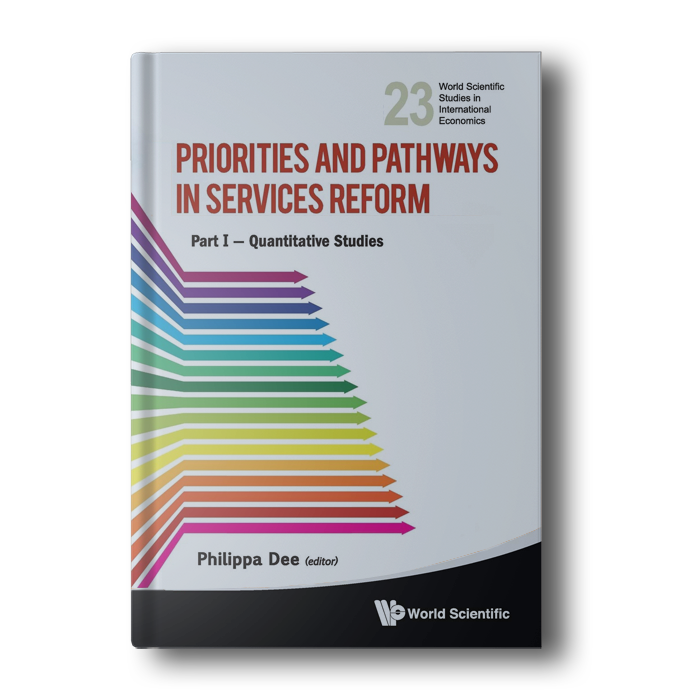This book presents a state-of-the-art evaluation of the benefits and costs of behind-the-border services reform. It introduces new, second-generation methods for quantifying regulatory barriers and applies those methods to a wide range of services sectors — financial, infrastructure and social — in a broad spectrum of countries. It uses advanced modeling techniques to project the sectoral, economy-wide and regional effects of services reforms, as well as highlight their adjustment costs.
The empirical results offer fresh guidance to policy-makers, who need better information bases with which to prioritize services reforms and devise pathways to achieving them. The empirical methods provide invaluable tools to academics, researchers and policy advisors, who can use them to further improve those information bases. Priorities and Pathways in Services Reform: Part I — Quantitative Studies presents new methodological frameworks for assessing and prioritizing services reforms, and provides an up-to-date evaluation of the policy impacts across a range of services markets and countries. Part II — Political Economy furthers the conversation by analyzing what it takes for a reform to succeed.























Reviews
Clear filtersThere are no reviews yet.